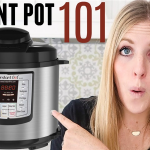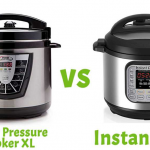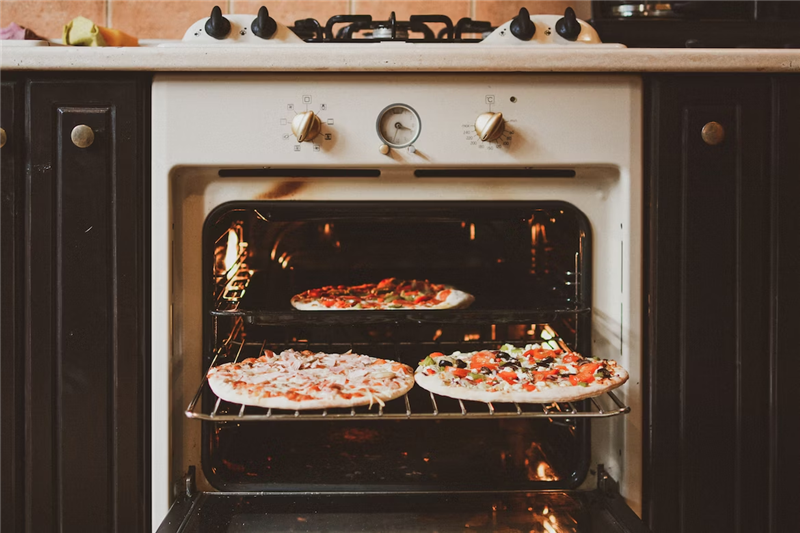What is the oven for?
Ovens
In this module, we will learn about ovens, need of ovens, history of ovens, and the principle used in ovens. We will also discuss the types of cooking and ovens. Skip to quiz!
Introduction to Ovens
An oven is a tool that exposes materials to a hot environment.The oven contains a hollow chamber and provides a means of heating the chamber in a controlled way. Ovens have been in use since ancient times in different forms and techniques.
Ovens have been used to achieve a wide variety of tasks requiring controlled heating. Ovens are of many different types like toasters, electric, and microwave ovens and are used for various purposes. Ovens differ depending on their use and based upon how they generate heat.
Cooking is a basic need of humans, and it can be achieved using various ways. Cooking requires heat to cook the food. The heat is generated from open fire cooking, gas stove, and heating elements in ovens.
Ovens are useful for a variety of cooking processes like
Baking,
Defrost,
Roasting,
Boiling, and many more.
In ovens, the food is cookedfasterthan the conventional methods. Modern day ovens are simple to use.
Ovens serves the purpose of:
Faster cooking,
Better cooking, and
Easier cooking.
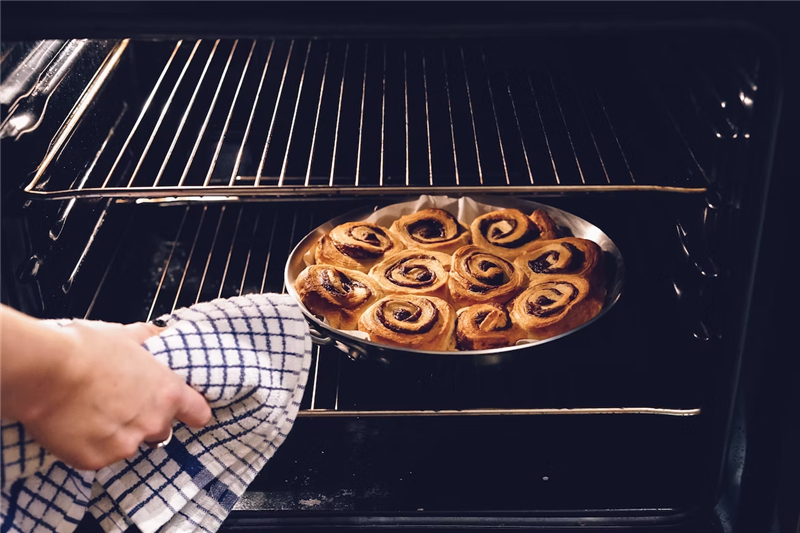
The food is cooked evenly in the oven. While in a conventional method, the surface in contact with the heat is cooked first, than the others.
For example, heating a frozen food can take approximately half an hour on a gas stove. But when we cook it in a microwave oven, the frozen food gets heated in a few minutes. Now let us look at the history of ovens.
In the early part of the 19th century, coal ovens were used. It was cylindrical and made of heavy cast iron. The gas oven was used as early as the beginning of the 19th century. Gas oven became very common household cooking method, once gas lines were easily available to homes.
Electric ovens were invented by Canadian inventor Thomas Ahearn in the late 19th century. The popularity of the electric oven was slow to pick up due to the high prices of electricity. By the 1930s, when electricity became cheaper, electric stoves started gaining popularity.
In 1946. Dr. Percy Spencer discovered the heating properties of microwaves while studying the magnetron. By 1947. the first commercial microwave was in use in Boston, Mass. More recently, ovens have become slightly more high-tech in terms of cooking strategy.
The oven is a heating device that uses radiant heatgenerated by various sources. Radiant heat is a mechanism for heat transfer that does not require a medium in which it propagates. Radiant heat is generated by burning coal using gas burners, electrical coils, and radiation energy.
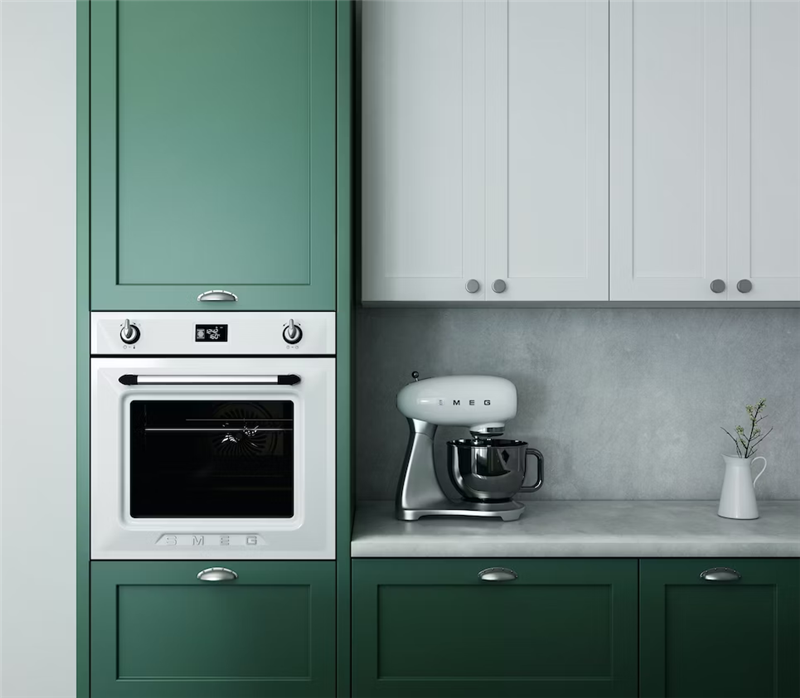
For example, humans are alive because radiant heat from the sun is available in abundance. Sun’s radiant heat interacts with the Earth, driving important environmental cycles and allowing life to flourish. Cooking is done using the radiant heat available from different sources.
Electric coils are heated using electrical energy and supplied in the required amount to cook the food. There are many electrical coils available depending on the type of material used, similar to filament bulbs.
The electromagnetic radiation transfer the energy at atom levels, the exchange of heat takes place between photons. The radiation energy in the form of microwaves is suitable for cooking purposes.
Cooking is the art of making food for consumption. Cooking is done in various methods and numerous processes, but some are used regularly for daily consumption. Each of these methods uses heat to cook foods differently.
Cooking can be of many types, but some of them are:
Baking,
Roasting,
Frying,
Grilling,
Steaming, and
Boiling.
As we are familiar with the above methods, we will look at the short description.
Baking is cooking food at lower temperatures; usually, cakes and bread are made using this process. Roastingis the process of cooking food evenly on all sides from an open flame or another heat source. It is best for cooking meat, roots, and mushroom-like vegetables.
Frying is cooking the food in an oil bath; often after, breading it, crispy food is made using this process. Broiling is the process of roasting the food from the above side, keeping the liquid as it is. Grilling is the process of cooking food, exposing directly to an open flame or coal.
Oven use method
Do you know what kind of oven you have? Yes, there are different types of ovens—conventional, convection, gas and electric—and they all work just a tiny bit differently. So to ensure that you consistently get a great meal, you’ll want to double check how your oven functions.
Conventional ovens
These ovens have two separate heating elements, the first is located on the bottom or floor of the oven, and another one on the top part of the oven cavity. These two elements transfer heat to cook the food, and most recipes that call for an oven base their instructions assuming you’ll be using a conventional oven.
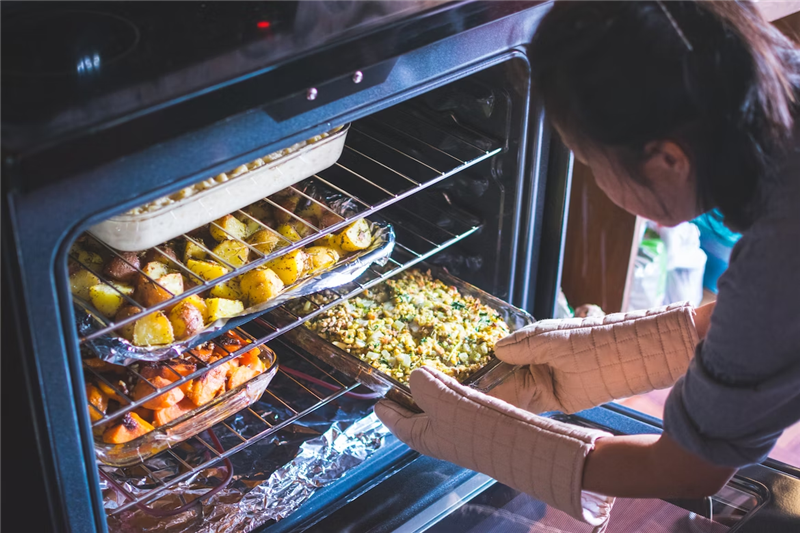
Convection ovens
Convection ovens on the other hand, have a fan in the back of the oven and a system that circulates hot air around the food that is baking or roasting. This allows for better browning and crisping, as it transfers heat more effectively. Keep in mind that convection ovens tend to have a faster preheating and cooking time, so you’ll want to make sure that you adjust cooking times to account for this. Learn more with this guide on the difference between convection and conventional ovens.
Gas ovens
Gas ovens tend to preheat faster than conventional electric ovens, though they might fluctuate in temperature. You can place a baking stone on the bottom of the oven to help distribute the heat better.
Electric ovens
Electric ovens have two heating elements, one on top and the other on the bottom, and many have a hidden bake element underneath the oven floor to make cleaning up drips and spills easier. They may take longer to preheat, so take that into account as you prepare your meal. The heat from this type of oven is also drier, so you may also need to add steam for certain recipes that need to rise (like bread).

